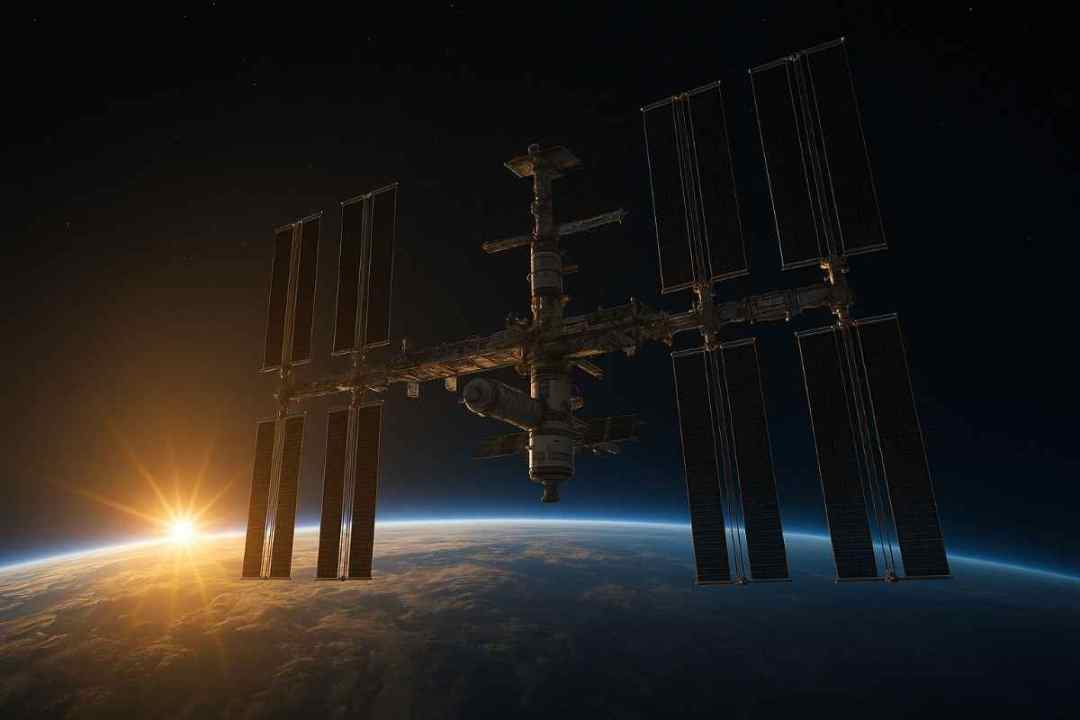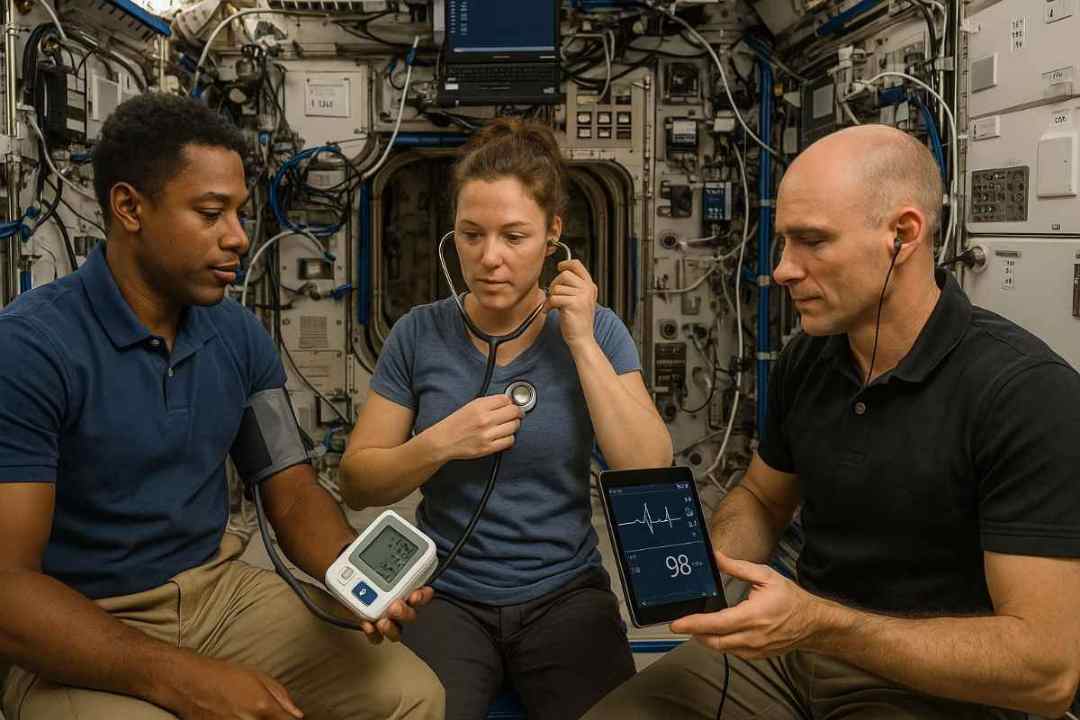
Legacy
From Soviet innovations to international collaboration: The enduring impact on modern space exploration.
Technological Legacy
The Soviet space program's technological innovations, from advanced rocketry to spacecraft systems, revolutionized space exploration and continue to influence modern spaceflight.
Rocket Technology
- R-7 Family Legacy: Over 1,900 successful launches since 1957
- RD-180 Engines: Powered U.S. Atlas V rockets for 20+ years
- NK-33 Engines: Achieved 297s specific impulse at sea level
- Kurs System: First automated docking system (1986)
- Elektron System: Water electrolysis for oxygen generation
- Propellant Efficiency: First to achieve 99% combustion efficiency
Space Station Expertise
- Endurance Record: 437-day continuous spaceflight (1994-1995)
- Radiation Protection: First multi-layer shielding system
- Modular Design: 7 successful Salyut stations + Mir
- Life Support: 98% water recovery efficiency achieved
- Power Systems: First rotating solar arrays (80kW on Mir)
- EVA Systems: Over 75 successful spacewalks on Mir alone
Engineering Principles
The success of the Soviet space station program demonstrated the feasibility of long-term human presence in space, building on achievements from early animal missions and human spaceflight.
- Redundant Systems: Triple redundancy for critical systems, 99.99% reliability
- Robust Design: Equipment qualified for -150°C to +150°C operation
- Standardization: 60% parts commonality across spacecraft series
- Testing: 10,000+ hours of ground testing per system
Technical Achievements
Propulsion Records
- First 20MN thrust rocket engine (RD-170)
- Highest chamber pressure: 250 atmospheres
- First throttleable engines (11-100%)
Space Systems
- First reusable thermal protection (3100°C)
- First autonomous landing system (Buran)
- Longest single EVA: 8 hours 7 minutes
Materials Science Innovations
Soviet space materials research led to numerous breakthroughs that found applications both in space and on Earth.
- High-Temperature Alloys: Development of refractory metals withstanding 2000°C
- Composite Materials: First carbon-carbon composites for spacecraft
- Radiation Shielding: Multi-layer protection reducing exposure by 98%
Medical Research Legacy
Soviet research in space medicine established fundamental principles for human spaceflight that continue to guide modern space programs. Their pioneering work in long-duration missions provided crucial insights into human adaptation to space.
- Medical Monitoring: First comprehensive health tracking systems
- Exercise Protocols: Developed countermeasures used on ISS today
- Psychological Support: Pioneered methods for maintaining crew mental health
- Biomedical Research: Over 3,000 experiments conducted on Salyut and Mir
International Space Station Legacy

The International Space Station represents the culmination of Soviet space station expertise, combining lessons learned from Salyut and Mir with international collaboration. Key Soviet contributions include:
- Orbital Construction: Methods developed for Mir assembly
- Life Support: Russian Zvezda module provides core life support
- Transportation: Soyuz spacecraft serves as emergency escape vehicle
- Docking Systems: Soviet-designed probe-and-drogue system adapted
Impact on Modern Space Industry
Commercial Applications
Many technologies developed for the Soviet space program have found commercial applications.
- Materials science innovations
- Medical technology adaptations
- Consumer product spin-offs
International Relations
The program's legacy shapes modern international space cooperation.
- Joint space missions
- Technology sharing agreements
- Cross-cultural exchanges
Future Inspiration
Soviet achievements continue to inspire new space ventures.
- New space station designs
- Mars mission planning
- Commercial space ventures
Scientific Contributions
Space Medicine

Soviet research on the effects of long-duration spaceflight continues to inform our understanding of human adaptation to space.
- Cardiovascular deconditioning studies
- Bone density loss research
- Psychological adaptation techniques
Materials Science
Experiments conducted on Soviet space stations advanced our understanding of materials behavior in microgravity.
- Crystal growth techniques
- Metallurgy in space
- Fluid dynamics research